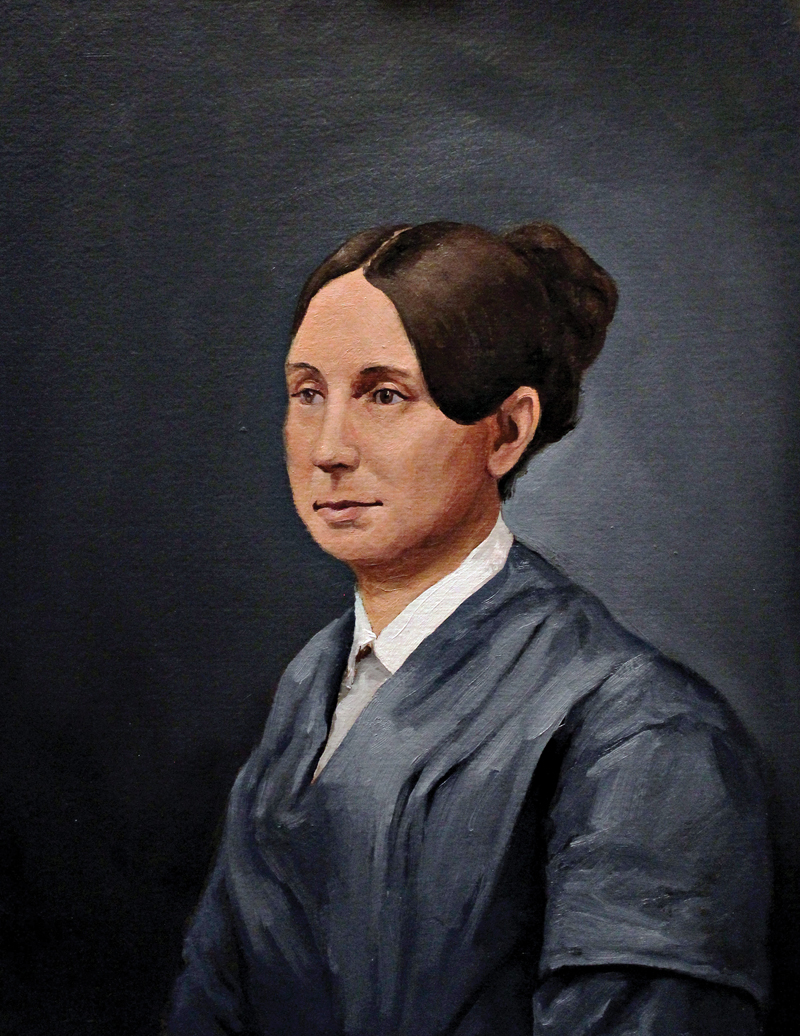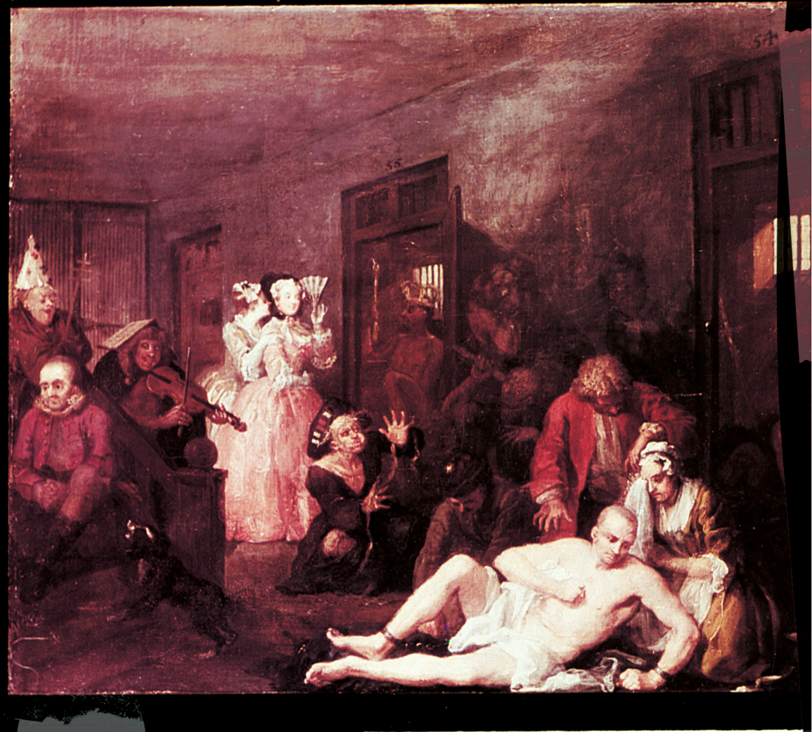Treating Psychological Disorders
14-1 What are the differences between psychotherapy and the biomedical therapies?


 The history of treatments for psychological disorders includes a mix of harsh and gentle methods. Would-be healers have cut holes in people’s heads and restrained, bled, or “beat the devil” out of them. They have given them drugs and electric shocks. But they also have given people warm baths and massages, and placed them in sunny, serene settings. And they have talked with them about their experiences, feelings, thoughts, and behaviors.
The history of treatments for psychological disorders includes a mix of harsh and gentle methods. Would-be healers have cut holes in people’s heads and restrained, bled, or “beat the devil” out of them. They have given them drugs and electric shocks. But they also have given people warm baths and massages, and placed them in sunny, serene settings. And they have talked with them about their experiences, feelings, thoughts, and behaviors.
The switch from harsh to gentler methods arrived because nineteenth-century reformers such as Philippe Pinel and Dorothea Dix pushed for more humane treatments and for constructing mental hospitals. Most of those hospitals now have other uses. Since the 1950s, effective drug therapies have been available, and community-based treatment programs are now common.
Today’s therapies can be classified into two main categories.
- In psychotherapy, a trained therapist uses psychological techniques to assist someone seeking to overcome difficulties or achieve personal growth. The therapist may seek to uncover hidden meaning from a client’s early relationships, to encourage the client to adopt a new way of thinking, or to replace old behaviors with new ones.
- Biomedical therapy offers medications and other biological treatments. For example, a person with severe depression, as we will see, may receive antidepressants, electroconvulsive shock therapy (ECT), or deep-brain stimulation.
The care provider’s training and expertise, as well as the disorder itself, influence the choice of treatment. Psychotherapy and medication are often combined. Kay Redfield Jamison received psychotherapy in her meetings with her psychiatrist, and she took medications to control her wild mood swings.
Let’s look first at the psychotherapy options for those treated with “talk therapies.”